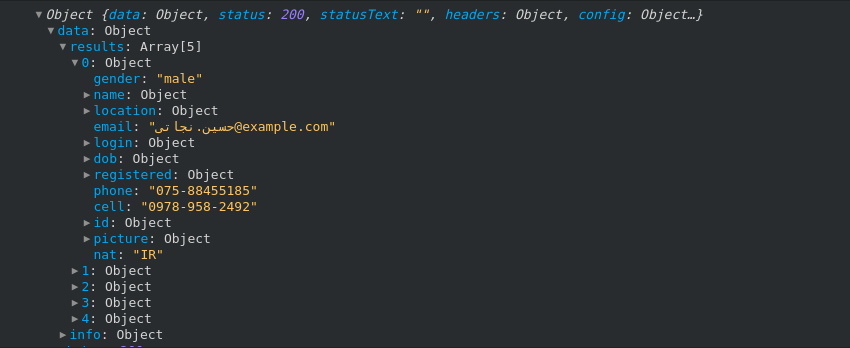

Using any of the above three methods brings back the original layout because it eliminates the pointless div in the DOM. Usage with create-react-app Create React App comes with babel-plugin-macros. This is the clearest and most straightforward approach to handling fragments it nearly seems like you’re working with a standard HTML element: const ChildComponent = () => (

When we add more than one JSX element, such as this: const App = () => from 'react' įinally, you may build a React fragment on the fly by wrapping components in an empty HTML element using the shortcut syntax >/>. In React, whenever you want to render something on the screen, you need to use a render method inside the component. To Reproduce Steps to reproduce the behavior: Go. React.Fragment can only have key and children props.

As was the case above, if only one JSX is returned in a component, we may choose not to wrap it in another wrapper element. Describe the bug Display at the console: Warning: Invalid prop role supplied to React.Fragment. This is a straightforward React component. Fragments are also great for working with table and list markup (like the above), where.
Unfortunately container components in ui frameworks deal with arrays of child components like inWhat is the difference between a React fragment and a React component?įragments are a syntax for adding several components to a React component without having to wrap them in an additional DOM node. React.Fragment as used in the above example is like a markupless component.
ADD STYLE TO REACT FRAGMENT SOFTWARE
Hospital Management Software Development.


 0 kommentar(er)
0 kommentar(er)
